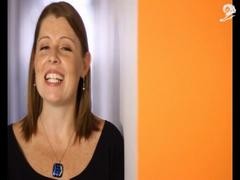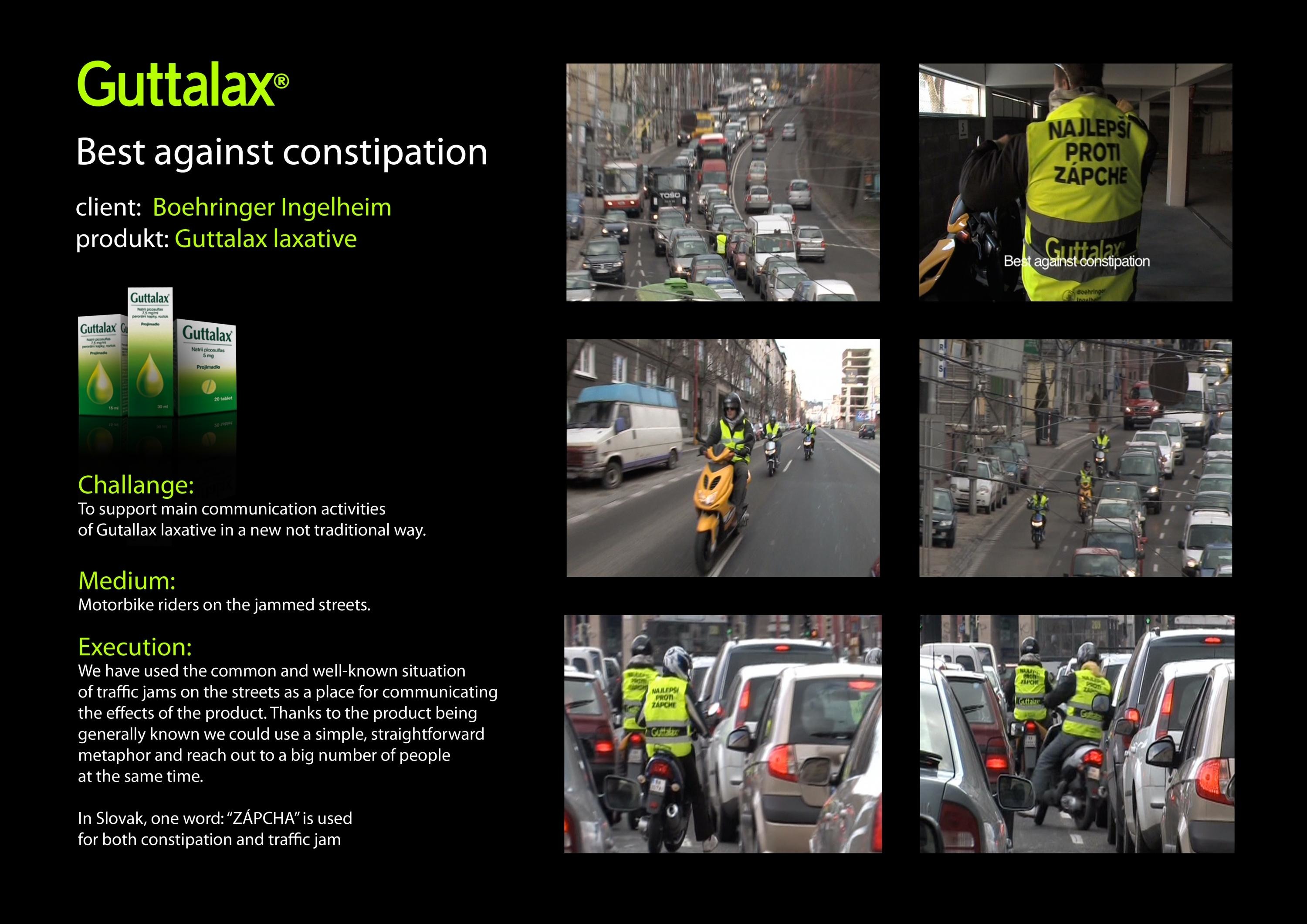Cannes Lions
The Infection Alert System
MINDSHARE, Mumbai / UNILEVER / 2019


Overview
Entries
Credits
Overview
Background
Seven out of ten people in India use Lifebuoy which is India’s #1 soap brand. Lifebuoy’s business is reflective of India’s rural-urban population split i.e. 70% of business comes from rural India.
The brand is guided by its purpose of empowering people to safeguard themselves against life threatening diseases, especially in rural India where most families earn less than 1 dollar a day and a disease/infection in the family can be severely debilitating – emotionally and financially.
Lifebuoy’s objective was to reach these people to drive hand-hygiene behaviour change and reduce the incidence of illness and child deaths.
The brief was to overcome media barriers characteristic of rural India i.e. low television penetration and low literacy rates rendering print and out of home ineffective and negligible internet / smartphone penetration to reach consumers when they were most vulnerable.
Idea
The idea was to create a data-driven “Infection Alert System” for rural India to help Lifebuoy proactively educate consumers when they are most vulnerable to fatal diseases – and activate it through an audio communication on mobile.
The idea involved 2 key steps:
1. Disease database management
Government of India data on disease outbreaks was collected from 34,000 rural community health centres across 822 sub-districts/villages of the most populous states of Uttar Pradesh & Bihar. This data was unstructured, maintained in paper-forms, in local languages with no metadata standards.
Old paper records were digitised and then algorithms used to read and load data into a structured database of 21 communicable diseases.
Fresh data was added to the database via a data-pipeline at a weekly frequency.
2. Predictive analytics
Disease incidence was modelled to arrive at predictive incidence rates at a village level, using hierarchical time series models.
Strategy
There were 4 key processes :
1. Disease database management
Data on disease outbreaks was collected from 34,000 rural community health centres across 822 sub-districts/villages. Old paper records were digitised and then algorithms used to read and load data into a structured database of 21 communicable diseases. Fresh data was added via a data-pipeline, which similarly processed raw data into the structured database.
2. Predictive analytics
Historical disease incidence was modelled to arrive at predictive incidence rates at a village level, using hierarchical time series models (Unobserved Component Model).
3. Hyper-local targeting
Predictive analysis was used to determine the level of risk for each village. If predicted severity of disease incidence for a given village was above a certain threshold then the calls would be activated.
4. Communicating in media
The target audience, being in the lower income bracket, posed a challenge because they were users of basic feature phones with no internet connectivity, hence Lifebuoy used outbound calls to deliver greater impact.
We partnered with leading telecom players to leverage a 100M mobile database which was mapped to the weekly report from the Infection Alert System to ensure disease contextual audio communication was dialled ONLY to infection affected villages.
Execution
We partnered with leading telecom players to leverage a 100M mobile database which mapped to the weekly outbreak predictions from the Infection Alert System to ensure disease contextual audio communication was dialled ONLY to infection affected villages through an automatic calling system.
Approximately 8 million calls were dialled every week covering ~60 out of 822 prioritised and relevant sub-districts across Uttar Pradesh and Bihar. In the first 8 weeks of activity over 64 million calls (infection alerts) were made which reached 19 million families to ensure consumers took preventive measures against infections.
The calls were contextual to the prevalent disease in the given village.
In the 2nd phase of 8 weeks, Lifebuoy scaled up the Infection Alert System across six additional states in India dialling 90 million infection alerts & reaching 36 million families. It is now an ongoing campaign which is a sustainable success model for the future.
Outcome
The Infection Alert System drove both purpose and growth for Lifebuoy.
98% of people who remembered the call displayed spontaneous recall for Lifebuoy
65% of people who remembered the call displayed spontaneous message recall
Uttar Pradesh and Bihar saw a drop of 178,000 cases of the deadliest diseases during the campaign period.
A game-changer for Lifebuoy, the brand reaped promising business results as well:
1. 'Protects effectively from germs' grew by 500 bps, from 69 to 74 (target 300 bps)
2. Sales gain for UP and Bihar was 19% and 14% respectively ( target 10%)
3. Penetration gain in UP was 220 bps ( target 100 bps)
The success of the Infection Alert System in the two largest states of UP and Bihar with almost 75% of population residing in rural led to the scaling it up across six additional states for bigger impact.
Similar Campaigns
12 items








